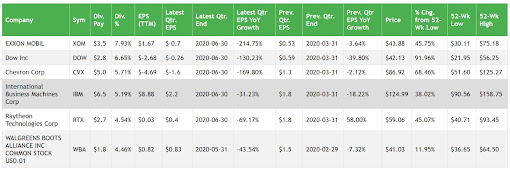On August 4, 2020 Ford (NYSE:
F) announced that they are
replacing Jim Hackett - the current CEO - with Jim Farley. Farley was serving as the Chief Operating Officer at the company. Ford is getting ready to launch the new model for its iconic F-150. The F-150 is the best selling vehicle in the U.S.
Exhibit: Ford is Launching a New Model of its Most Important Vehicle - The Ford F-150
Ford is also reviving its iconic Bronco brand in 2021. The new Bronco, I must admit looks absolutely stunning.
Exhibit: The New Ford Bronco Line-up
Ford is also making a huge commitment to electric vehicles. The company will have 15 electrified vehicle models available by end of the year. The competition in the electric vehicle market is heating up substantially with General Motors releasing a whole slew of vehicles and many other auto makers doing the same.
Exhibit: Ford is Launching New Electric Vehicles
Even before this pandemic induced economic crisis, Ford was not generating enough cash flow. It had a meager $0.5 billion in adjusted free cash flow in Q4 2019.
The challenge for Ford is that they were late to the electric car market and their upcoming models may not be differentiated enough. For example, their Escape plug-in hybrid model is advertised as having a 490 mile range. That would be a good range for a plug-in hybrid but there are many vehicle with that range. Given the upcoming competition in the the electric vehicle market will a model such as Escape plug-in hybrid stand out.
They may have to do what Mary Barra at General Motors (
GM) did years ago. She exited unprofitable markets such as
Europe and
India. Ford may have to exit unprofitable markets and bring their manufacturing capacity in-line with their sales and ensure they can stay profitable in a recession such as the one we are in now.
Ford has a tough road ahead and in the interim the stock is going to continue under-performing.
(Disclosure: I do not own Ford stock)
































